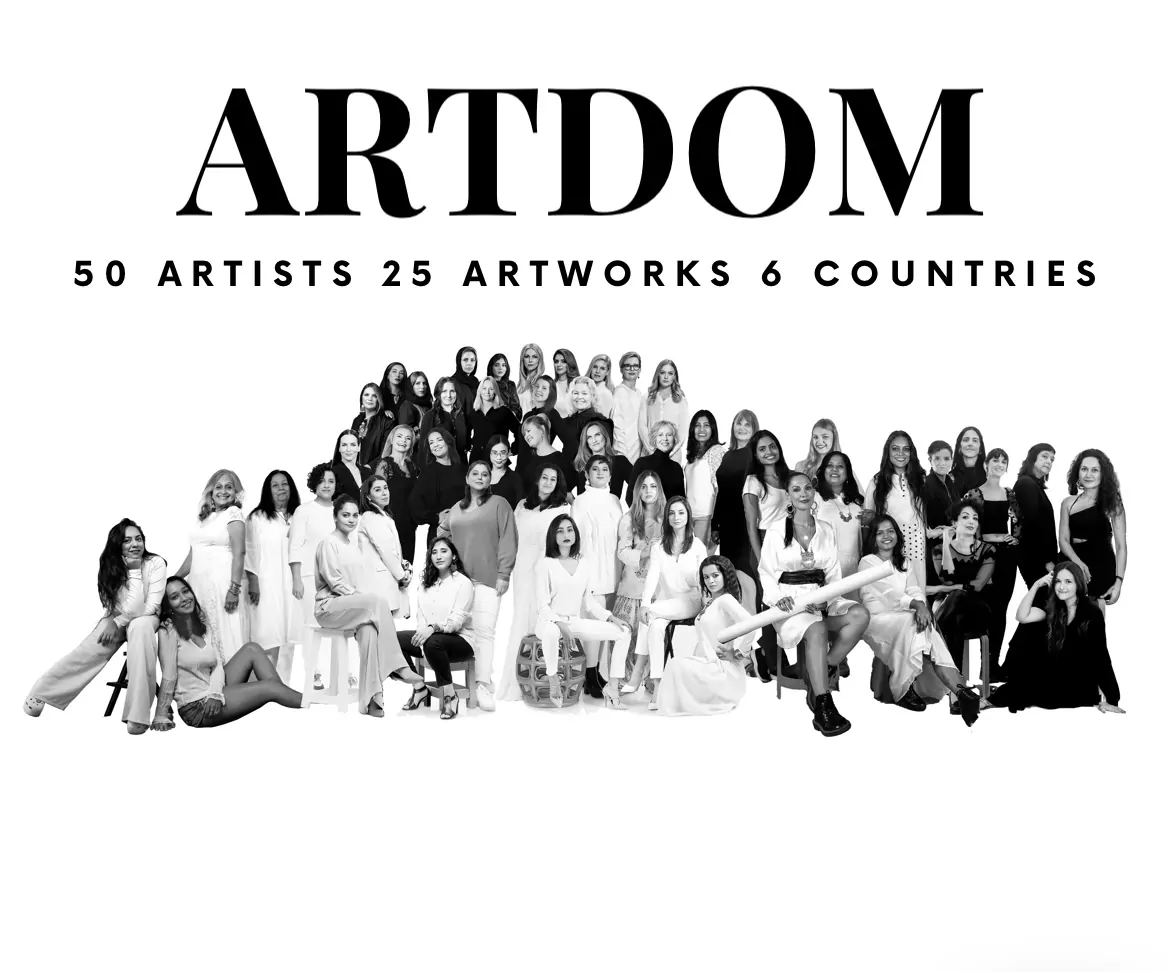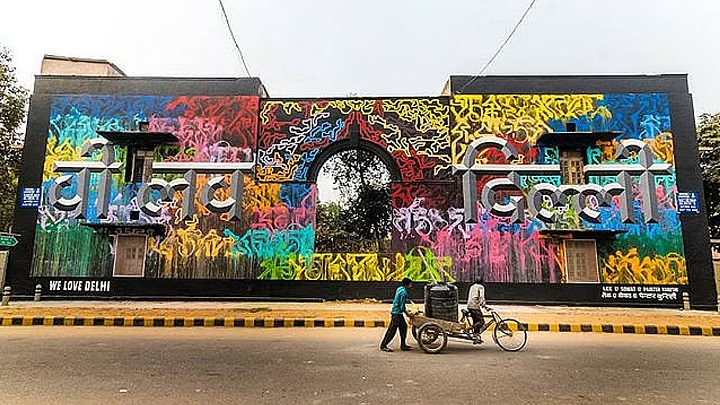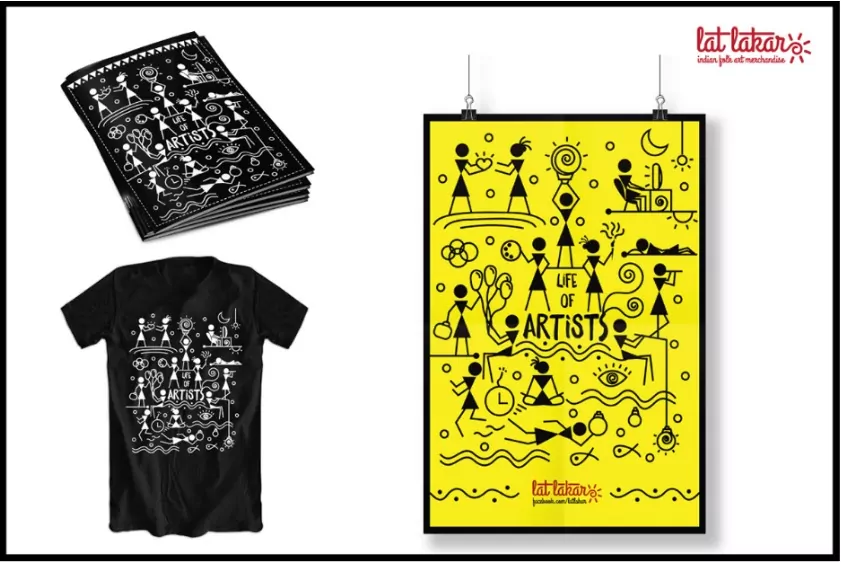Hello, art enthusiasts! Digital art is becoming increasingly relevant in modern society, inevitably influencing the world of traditional art. The introduction of software such as OpenArtAi and Midjourney has posed a threat to the livelihood of creative professionals everywhere. However, many artists are rejecting AI technology due to its impersonal and emotionless nature, instead turning to traditional techniques of painting as a means of expression. Traditional painting refers to the creation of art using physical tools and media, such as oil, acrylic, or watercolour to paint on surfaces such as canvas, paper, wood, cloth, etc. Traditional art exists physically, as opposed to its digital counterpart, which is created using computers and digitally coded information.
Artists have gained access to a wide array of tools and techniques due to rapid technological advancement. They have been able to experiment with their approach to art in ways that were previously unheard of. How has this impacted the world of art? Explore the ever-changing relationship between traditional and digital art, and how this is affecting the modern artist’s creative process.
The History Behind The Traditional Painting Process
From the Warli paintings of Maharashtra to the Madhubani paintings of Mithila, India is home to a variety of art styles and painting techniques. Traditional Indian art forms are often stylized or abstract in nature, filled with intricate details and recurring motifs. These painting styles developed in ancient India as civilizations used art to tell stories of their own culture and mythology. Each culture came to express art in a different way.
Indian Traditional art forms used natural paints made from plants, gemstones, or minerals. Techniques such as creating paints from natural dyes or pigments, utilising brushes or tools made from sticks and animal hair, and using a mixture of natural substances to prepare the painting surface were conceptualised after generations of artists encountered problems and did their best to find solutions. Each art form thus curated its own creative process: a fixed routine, or list of techniques, that the artist would follow. The process of creating a painting became an art in itself.
The Survival Of Traditional Art In The Modern Era
Today, while the demand for traditional artwork increases, the supply remains the same. Artists operating traditionally can produce only a limited number of pieces, due to the amount of time and labour that go into each individual artwork. Traditional art forms are thus considered commercially profitable, but due to the nature of traditional techniques, they cannot be mass-produced. To cater to the growing demand, traditional paintings are often reproduced without permission and printed onto different objects to be sold for mass consumption.
This practice is exploitative in nature, as it profits from an art form without acknowledging its historical significance, ignores its cultural aspects, and does not credit the work of the artist or contribute to it financially. In this way, technology has negatively affected the livelihood of traditional artists.
Also read: Traditional Art in the Digital Era: Challenges and Opportunities
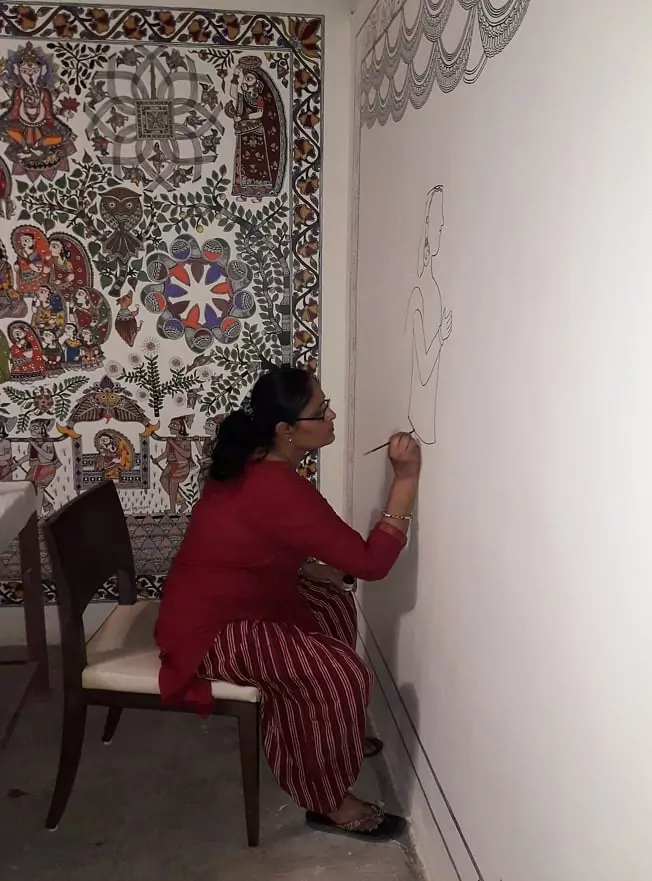
The Rise In Popularity Of Digital Art
Digital art is becoming the medium of choice for an increasing number of artists. It has its advantages: mistakes can be erased with a simple click of the undo button. Working on layers allows tremendous room for experimentation. Photo manipulation, matte painting, and 3D rendering are other tools and techniques that have opened the door to new possibilities. Artists can use multiple mediums simultaneously, switching from oil paint to watercolour to charcoal, without having to prepare the digital canvas or worry about how the mediums interact with each other.
There is no need to buy brushes of different sizes, palettes for colour mixing, or the surface to be painted on such as canvas, wood, paper, etc. The materials used in a traditional painting make a lot of difference: a watercolour painting needs to be done on thick watercolour paper, as cheap paper can tear or make it harder to blend.
While some digital art can look distinctly modern, digital tools can also be used as an asset to create paintings that look like they were painted using traditional techniques. Making digital art look traditional is a skill in itself. The artists that master this skill often use both mediums interchangeably, and only rely on digital tools for professional use, as it allows them to work quickly and make changes as many times as required.
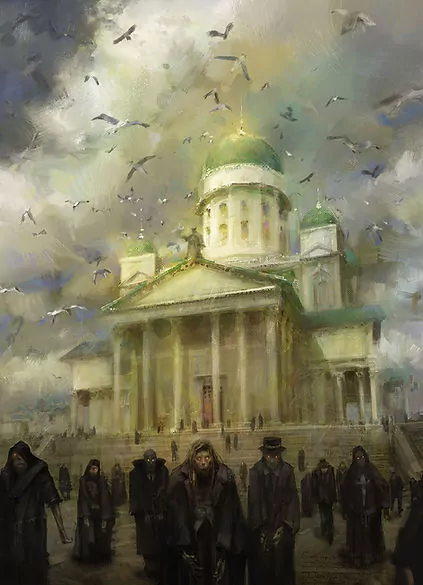
Limitations Of Digital Art
Digital art has its own set of drawbacks. The techniques that give traditional art its appeal will not translate digitally, and vice-versa. Traditional mediums can be emulated with the help of brushes and presets, but they seldom function the way they do in real life. Digital art is clean, almost too clean—and lacks the texture and roughness that give traditional art its distinct look. This works in favour of graphic design and more modern or minimalistic art styles. But when it comes to painting, beginners may find it harder to make their art look good: they may experience difficulty choosing colours and creating the right mood and environment.
Another drawback of digital art is that the artist cannot interact with their art physically, only through a screen. The experience of working with traditional forms of art media is a unique tactile experience. Using a graphic or drawing tablet feels very different from holding a brush and painting physically. Traditional art is an intuitive and immersive experience, allowing artists to feel more connected to the medium.
The Evolution Of The Artistic Process
Art forms such as Gond, Pichwai, and Warli are still being practised, but the usage of natural paints has dwindled significantly. Instead, most artists nowadays prefer to use synthetic paints, as they are a cost-effective and convenient option.
Many artists use traditional and digital mediums interchangeably; some use traditional methods to draw and sketch a piece and colour it using digital software. Others may choose to complete their paintings digitally up to a certain stage, then finish them traditionally, using mixed media to add a unique look and feel to their paintings.
Can this change in techniques due to technology be said to diminish the value of a painting? Unfortunately, not everyone has the time and resources available to utilise traditional techniques in the fast-paced modern era. Despite the availability of modern tools, certain artists that continue to paint using traditional tools and techniques may use other forms of technology to make the process quicker and more cost-efficient without making changes to the techniques themselves.
Also read: Rooftop App Artist Spotlight – The Chitara Family of Gujarat (Mata ni Pachedi)
Will Modern Technology Render Traditional Painting Techniques Obsolete?
Often, the techniques used in traditional craftsmanship were not documented but passed down within the family, as trade secrets. The continuation of these traditional techniques prevents this information from being lost to time, ensuring that the artist’s communities are represented through their unique cultural practices, allowing future generations to further expand their artistic knowledge and explore creative expression through tradition.
Traditional painting techniques are an invaluable piece of a society’s heritage and history. They are vital to the storytelling and cultural aspects of its communities. Art came to shape a community’s religious and spiritual beliefs. It thus became a medium of communication as well as a means of self-expression. Traditional art forms are tangible documentation of the intangible aspects of culture and tradition. Even today, artists continue to explore art through traditional techniques, documenting the beliefs and cultural aspects of the current generation for posterity.
Using Technology As A Tool In The Conservation Of Traditional Techniques
Technology can help art but also harm it. It is a double-edged sword, with the ability to create limitless possibilities. Modern technology may have caused artists to abandon natural pigments, but it has also made the creation of natural paints much easier. Instead of creating alternatives, we need to assimilate technology and tradition. Digital art should not be used as a replacement for traditional techniques, but rather as a means to elevate them. By helping in the preservation of such techniques, technology can stop ancient Indian art forms from dying out.
While modern technology has had a significant impact on the art world, it would be naive to argue that traditional painting techniques are being abandoned entirely. Instead, artists are embracing technology as a valuable tool for enhancing their artistic expression. Rooftop’s vision for the future is to change the perception of traditional art by exploring it with the help of modern technology. As the art world evolves, the combination of traditional and modern approaches will determine the future of art, creating limitless opportunities for artistic exploration and invention.
Download the Rooftop App from GooglePlay or AppStore and enroll in our maestro courses!
Discover us on Instagram @rooftop_app for all things on traditional Indian art.
By Melissa D’Mello


